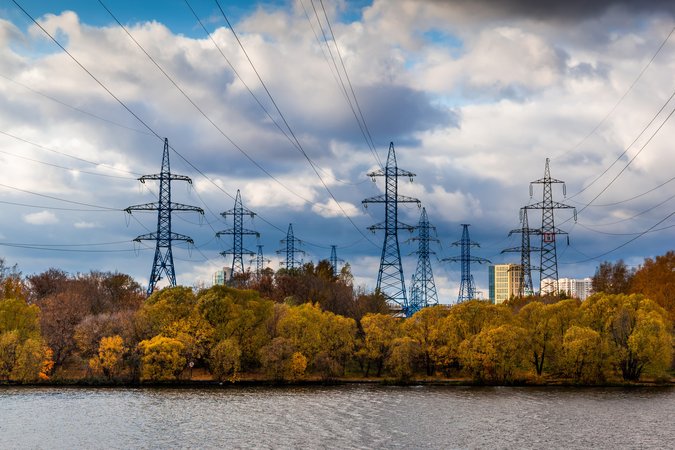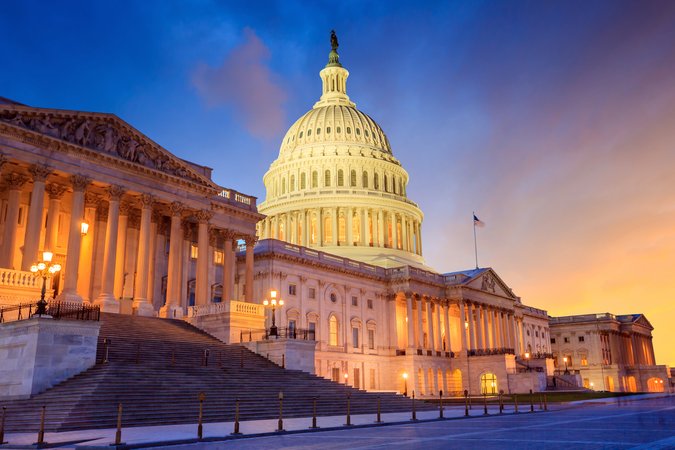Can Creative Financing Programs Close the Energy Efficiency Gap?
Event Details
Many energy experts and policymakers puzzle over the so-called "energy efficiency gap," or "energy paradox"—the fact that homeowners and businesses fail to undertake investments that appear to more than pay for themselves in future energy savings. Some observers think that a key reason for the paradox is the high upfront cost of many investments, combined with inability to obtain financing at reasonable terms and interest rates. Uncertainty over energy savings contributes to the problem, creating reluctance on the part of both borrowers and lenders to enter into loan transactions.
At this RFF First Wednesday seminar, four panelists discussed the role that financing can play in improving the energy efficiency of buildings. They addressed opportunities for private financing of energy efficiency investments and analyzed barriers that exist in private markets. They also described recent government loan programs and credit enhancements, many established with federal government stimulus funds, and evaluated their performance to date. Additionally, speakers offered their insights on the importance of financing as a tool for closing the energy efficiency gap.
Moderator:
Karen Palmer, Senior Fellow, Resources for the Future
Panelists:
Katrina Managan, Program Manager, Institute for Building Efficiency, Johnson Controls
Download Presentation (PDF)
Bruce Schlein, Vice President for Corporate Sustainability, Citi
Margaret Walls, Thomas J. Klutznick Senior Fellow, Resources for the Future
Download Presentation (PDF)
Cliff Majersik, Executive Director, Institute for Market Transformation
Download Presentation (PDF)
Audio and Video:
Event Audio (mp3) click to stream and right-click to download





